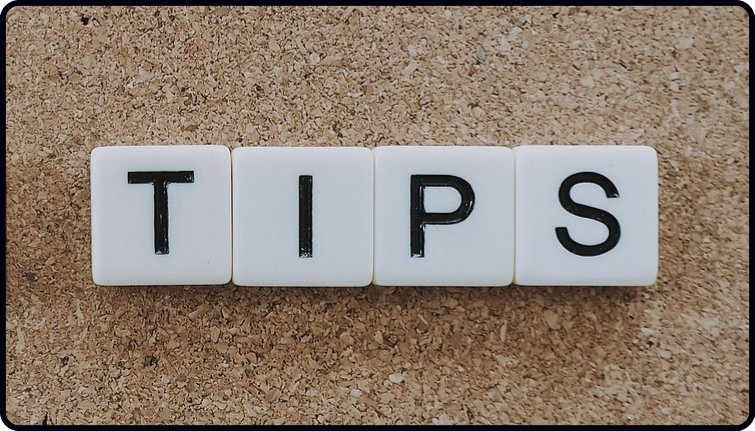Today I want to share 3 ways to help you overcome the mistakes that may be holding back your playing with you.
If you’re like most guitarists, making mistakes has probably caused your blood to boil in the past.
It may have filled you with angst and even caused veins to throb in your forehead.
It’s a pretty picture I know, but it’s one most guitarists understand.
Me included.
So here are 3 ways to keep calm, stay the course, and fix those blasted mistakes when you practise something you’re working hard to perfect:
#1 – Breathe deeply
Breathing slowly and deeply from the belly is one of the most important things you can do.
Frank Sinatra knew this when he said: “Take a deep breath, pick yourself up, dust yourself off, and start all over again.”
Yep, ol’ blue eyes sure was right.
Breathe deeply before you start practising.
Focus on it when you feel frustration creeping in.
Stop at random points during your practice session and take 5 or so deep breaths. (That will ensure you get rid of any under-the-radar tension that is creeping in).
#2 – Slow down
Many of us are in a rush to get from A to Z.
We see a piece of music, and we want to learn it right now.
I get that feeling, but remember, we’re playing a patience game.
It’s a cliché when I say, “Learning guitar is a marathon, not a sprint”.
…But it’s 100% true.
Slow down the tempo of the song you are learning.
This allows you to spot and fix those mistakes and will make mistakes less likely too.
Also, try the 80/20 rule, which is where you…
Spend about 80% of the time practising the piece very slowly and 20% at closer to a normal tempo.
#3 – Work on each hand in isolation
Coordination between both hands is one of the subtle dark arts of learning guitar.
We can’t look properly at both hands at the same time.
Sometimes you just need to focus on one hand and find out what the problem is.
Then you can fix it, and then switch to looking at the other hand.
An example of this is silently running through ONLY the fretting hand movements (e.g., a chord change) and ensuring everything looks and feels smooth.
Then you can play ONLY the picking hand pattern on muted strings or applied to one chord.
Breaking it up like this will help you spot what needs working on and help you refine each hand’s part before you put it all together.
Anyway, those are three little tips for you today.
I could go on and on and share many more. (Let me know if you found this handy, as I will share some more soon).
I was recently teaching a lesson where I had to hammer the above points home to a student who got a little stuck.
We were going over my really exciting Travis picking arrangement of a classic song and the student knew these pointers from my lessons already but needed to hear them again.
Guess what?
When I reminded her of these things, things started to really click.
…So, make sure you apply the above tips where you can.
The song I was teaching was this fun tune and you can have a listen and get learning it below:
Keep up the practice
Dan Thorpe
Guitar Domination
P.S. This post was originally taken from Dan Thorpe’s private email list. To get blog posts like this sent to you which are full of great tips to make fingerpicking, strumming, and learning guitar more enjoyable (especially if you are over 40) join Dan’s list. It’s 100% free, HERE.


Add Comment